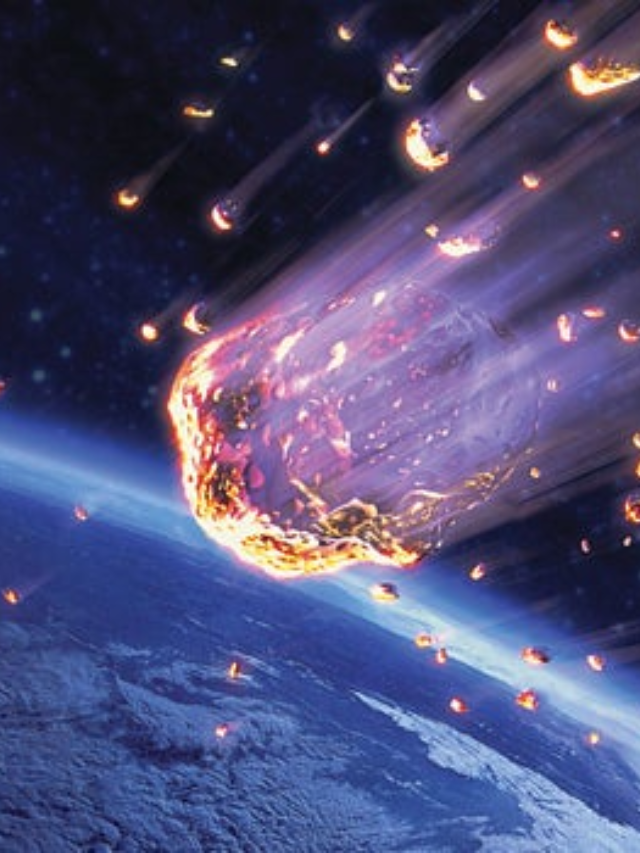
Get ready to witness a remarkable astronomical event tomorrow night! Two meteor showers, the Delta Aquarids and the Alpha Capricornids, will peak simultaneously, creating a stunning display of shooting stars.

Meteor showers occur when Earth travels through the debris field left behind by comets or asteroids. These small particles burn up in our atmosphere, causing the streaks of light we see as meteors.

Three images representing a meteoroid, meteor, and meteorite.

The Delta Aquarids are known for their long peak period (late July-early August) and faint, long trails. These meteors are believed to originate from Comet 96P Machholz.

A person lying on a blanket gazing up at a starry night sky.

The Alpha Capricornids are known for their slow-moving, bright fireballs. While the shower produces fewer meteors (around 5 per hour), their brilliance makes up for the quantity.

A person holding a red flashlight and binoculars while gazing at the night sky.

This is a rare opportunity to witness two meteor showers peaking simultaneously! Expect to see meteors potentially every few minutes.

Experiencing a meteor shower is more than just observation. It's a chance to connect with the vastness of space and share the beauty of the cosmos with loved ones.
